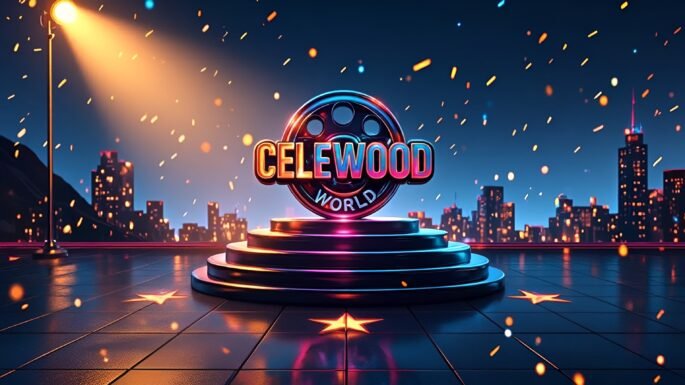Article –
The recent revelation at the Cinema History Symposium in Los Angeles has brought to light a fascinating connection between the iconic ‘Palat’ scene from the 1995 Bollywood classic Dilwale Dulhaniya Le Jayenge (DDLJ) and a similar narrative device in a notable Hollywood romantic drama. This discovery not only celebrates a landmark moment in Indian cinema but also underscores the universal language of romantic storytelling across cultures.
The Iconic ‘Palat’ Scene and Its Significance
In DDLJ, directed by Aditya Chopra and starring Shah Rukh Khan and Kajol, the ‘Palat’ scene unfolds in picturesque European settings where Raj challenges Simran to turn around and look at him. This moment is laden with emotional tension, symbolizing her acknowledgment and reciprocation of love. For decades, this scene has remained embedded in Bollywood’s cultural memory as a defining romantic trope.
Hollywood’s Parallel Narrative Device
During the symposium, scholars highlighted a recent Hollywood romantic drama that features a comparable visual reversal or recognition motif as a climax in its romantic arc. Although Hollywood has long explored familiar romantic tropes, explicit parallels to non-Western cinematic moments like the ‘Palat’ scene are less commonly documented.
Why This Matters for Global Cinema
Understanding this cross-cultural influence enriches the global filmmaking landscape in several important ways:
- Cross-cultural storytelling: It showcases how films worldwide borrow and adapt narrative techniques to resonate with diverse audiences.
- International market strategies: Hollywood studios increasingly value the universal emotional appeal that scenes like ‘Palat’ embody, enhancing market reach.
- Creative inspiration: The discovery encourages filmmakers to incorporate emotionally resonant storytelling devices that have proven effective globally.
Stakeholders’ Reactions
Film critics and industry veterans participating in the panel emphasized the significance of this finding. One critic remarked, “The ‘Palat’ scene is not only iconic within Indian cinema but represents a universal cinematic language of romantic recognition. Hollywood’s use of a similar device highlights a shared emotional vocabulary.“
Though the filmmakers of DDLJ and the Hollywood counterpart have yet to comment formally, social media reactions from fans of both Bollywood and Hollywood have been appreciative, celebrating this intersection of cultural narratives.
The Road Ahead
This newfound awareness is poised to influence the future of cinematic storytelling in multiple ways:
- Comparative studies: Encouraging research and discussions on narrative similarities between Bollywood and Hollywood, fostering greater collaboration.
- Film retrospectives: International cinema festivals are planning curated events exploring these thematic overlaps.
- Script and production innovations: Hollywood writers and producers might integrate similar emotional beats into upcoming romantic dramas, particularly those targeting both domestic and international audiences in the 2025–2026 release cycle.
In conclusion, the recognition of a Hollywood parallel to DDLJ’s ‘Palat’ scene illustrates the fluidity and universality of cinematic storytelling. It provides valuable insights into audience engagement and the evolving dynamics of romantic narrative devices worldwide, opening exciting opportunities for cross-cultural creative exchange.

